We’re in a time of considerable instability. We have a war tearing up the east, runaway inflation heading into a recession throughout the world, and companies engaged in massive layoffs. It’s a relief that companies and sales leaders can turn to the incredibly stabilizing factors that Pipeliner provides to companies everywhere.
Fear from Economic Downturn
You surely have heard the news about layoffs from major companies, an example being the recent 10,000 layoffs from Microsoft. This follows in the wake of layoffs from all major companies—Facebook, Twitter, Apple, and Amazon among them.
In an economic downturn, companies tend to do everything possible, such as these layoffs, to avoid risk. I have observed that this risk aversion can cause enterprises to make wrong decisions regarding modernization and products that could genuinely help them.
Sticking With Establishment
In times of uncertainty, companies tend to go with established solutions. For example, there was a saying in the old days that “nobody ever got fired for buying IBM.”
Before making such a substantial investment in time and money, it’s critical to understand the differences between the “established” CRM solutions and Pipeliner. Realize that CRM is a long-term commitment, and we are still determining how long this recession will last. Once it’s over, you’ll be stuck with a solution you may find highly cumbersome and costly—“established” or not.
Despite the recession, companies must make a decision for CRM, especially when they’re mid a digital transformation. The right automation reduces the risk factor and increases efficiency.
Are the big, “established” solutions the right automation? No matter which of them you choose—IBM, Microsoft, Oracle, SAP, or Salesforce—they all have the same characteristics that will weigh any company down:
- Lengthy, heavy implementation. These are enormous They take weeks and months to implement and train.
- Lengthy training. They require weeks and months of training for administrators and users.
- Based on an outmoded “top-down” approach, designed to run salespeople, not empower them.
- Inflexible and techno-centric. They can be likened to giant tanker ships that take enormous effort to pilot and maneuver.
Are You a Number?
Another major issue with these solutions is that you are treated like a number, not a human, live customer.
As customers ourselves, we have experienced this treatment firsthand. We recently switched to new marketing automation as well as video conferencing solutions. In both cases, we had been long-term customers with numerous licenses. Both of these companies simply let us go. No one reached out—“Why are you dropping us?”
Whatever happened to the human approach? Let’s say you’ve been going for years to a particular restaurant. You know the owner, you know their family. They know you, your children, maybe even your grandchildren. When you come in, they ask how you are, how your week was.
What do you think would happen if you just suddenly stopped showing up? Would they just forget you? No! They would likely try to figure out how to reach you and ask what they had done wrong. But not doing that is exactly what happens with the current SaaS applications and “established” solutions. You’re simply a number, and of course they’re not going to care if you’re there or not.
If you look within the vendor, you discover why you’re treated in such a way. They have dropped the idea of a customer relationship.
There isn’t a salesperson you get to know and deal with—they’ve “sliced and diced” the sales team into multiple segments. There’s an appointment setter who then hands you off to the implementation team, who then hands you off to the customer success team. There is also a separate support team. You never speak to anyone you know. Again, you’re not a human but a number.
Out in the Cold
It may happen one day—and many solutions are headed in this direction—that AI takes the place of humans in sales. AI might be superior in product demonstration because it’s been fed with all competitor data, with all your system features, and perhaps even has the skill of immediately understanding the buyer. From the databases, it can field and handle any possible objection. The buyer may not even know they’re speaking to a computer.
What is the nature of such a solution? It is cold. There’s no humanity, no warmth to it. There’s no humanity, no warmth to it. There’s no humanity, no warmth to it. It is similar to dealing with a government agency, as they are totally inflexible, run by strict rules and laws.
Fortunately, I was recently able to bypass government inflexibility by engaging a little humanity.
I had to engage with a government representative for something I needed to deal with, and I was not looking forward to it. I was ushered into a room with five computer stations, but it being early in the morning, only one was open. Behind it stood a woman who looked like she was having a miserable time. She wore a mask, and her eyes were weary and tired.
Instead of getting all into my own situation, I showed some sympathy. “It must be really tough having to stand here all day.” We had a real conversation. The agent didn’t keep me long—she glanced at my paperwork, signed it off and sent me on my way.
She was a human, not a typical cold government “robot.”
The Warm, Human Pipeliner Difference
And that’s our difference at Pipeliner—We have a total human approach. This is true not only for support, where you’ll never encounter a bot, but in every other aspect. We love live engagement with our customers.
Our approach as a solution is also totally different. Instead of “top-down,” we’re based on a totally transparent approach designed to empower salespeople, not control them.
Our solution is not the gray, traditional system, but a colorful one. Pipeliner is built on the theory that sales creates real value—and salespeople truly love Pipeliner. Ask any salesperson how they feel about traditional CRM solutions, especially the “established” ones. Nine times out of ten, you’ll find out they hate it.
Pipeliner CRM is based on the Austrian School of Economics, which places humanity at the center of any economic system. We have utilized all of the different principles of the Austrian School, such as opportunity cost, comparative advantage, and sunk cost. These are proven unchanging principles.
Core to our principles is the human relationship. What is a relationship? A relationship needs transparency. A relationship requires an honest conversation. A relationship needs collaboration.
A relationship also needs leadership to truly lead. That is an issue we have today—we have no leaders. Instead, we have technocrats or people of self-interest. We don’t have people educating us—instead, they’re just attempting to manipulate us.
The Heartbeat
As we’re now discovering—and if you haven’t, you soon will—CRM is a company’s heartbeat or operating system. Because of this, you must make sure you have the right one. If you don’t, you can never be effective. If you’re not effective, you can never become efficient.
We believe that ours is certainly the right system. Right out of the box, you’ll see how vastly we differ from the “establishment” CRMs. In our backend, you’ll find that implementation is not heavy. The shift has been made from complex implementation to the business issues that need to be solved. It’s all about workflows, having your processes correct and not all about setting up the system. This approach means independence for users, instead of a heavy dependence on costly administrators—which is what we’ve seen, and still see, with “establishment” CRMs.
Even in SaaS, we still find this to be the case with the traditional CRMs. They require a consultant between the vendor and the customer. You’ll never know precisely how long the installation will take—you just know it will cost considerable money and time.
We have made Pipeliner CRM incredibly easy to get up and running—it can be done within a week, and never requires a third-party consultant. User training, instead of weeks or months, takes hours. And users love the system.
On the front end, we have always followed Steve Jobs’s strategy when it comes to simplicity of design. He said, “It takes a lot of hard work to make something simple, to truly understand the underlying challenges and come up with elegant solutions.”
Another quote we’ve taken to heart when it comes to design comes from Peter Thiel and his book Zero to One, in which he says, “Good design is an aesthetic imperative. It’s true that every great entrepreneur is, first and foremost, a designer.”
Our dynamic instant visualization makes, for any user, a clearly understandable path forward. Our frame interface allows users to focus on importances within CRM.
For the entire system, connectedness with all other applications is essential. We provide APIs and connection tools so that any company can rapidly connect CRM with their legacy and other applications.
Because of the radical changes coming daily to commerce, we are the only CRM vendor that constantly focuses on sales—we release and implement new functionality every month. We continually ask, “What can we do, from our principles, to assist the human, the individual, the manager or the sales rep?”
Prediction
In an unstable economic environment, such as the one we currently find ourselves in, prediction becomes essential. This is why we worked very hard last to release state-of-the-art functionality on quotes, prediction, forecasting and targeting.
As educator and author Peter Drucker said, “The best way to predict a future is to create it.” This is what we’re doing, and what we are empowering companies to do.



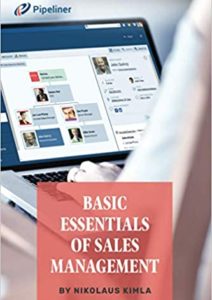
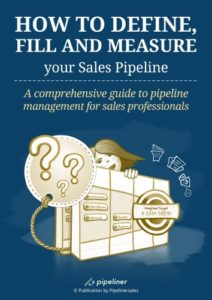

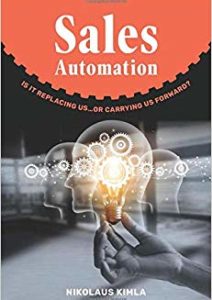

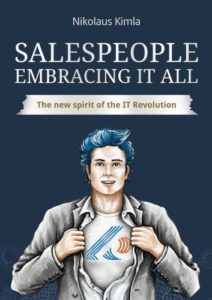
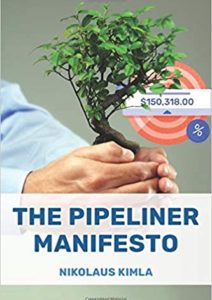
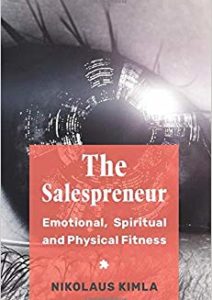
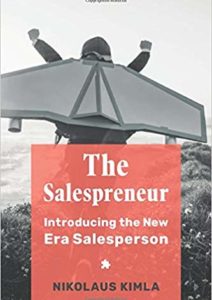
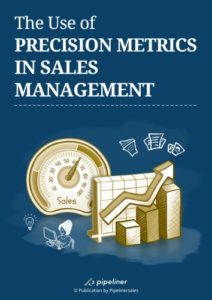







Comments